When actor Tom Holland made the late-night rounds last October to talk about his new company, BERO Brewing, he said that he’d “find myself in these boardrooms” surrounded by experts spouting unfamiliar terms.

The once and future Spider-Man told Seth Meyers, “thank God I found acting,” because it took “every bit of acting chops I’ve got to convince them I know what I’m talking about.”
Today’s master of marketing is one of those boardroom experts, and her marketing wisdom will help you hone your Spidey senses — whether you’ve got a celebrity-founded brand or not.
Meet the Master
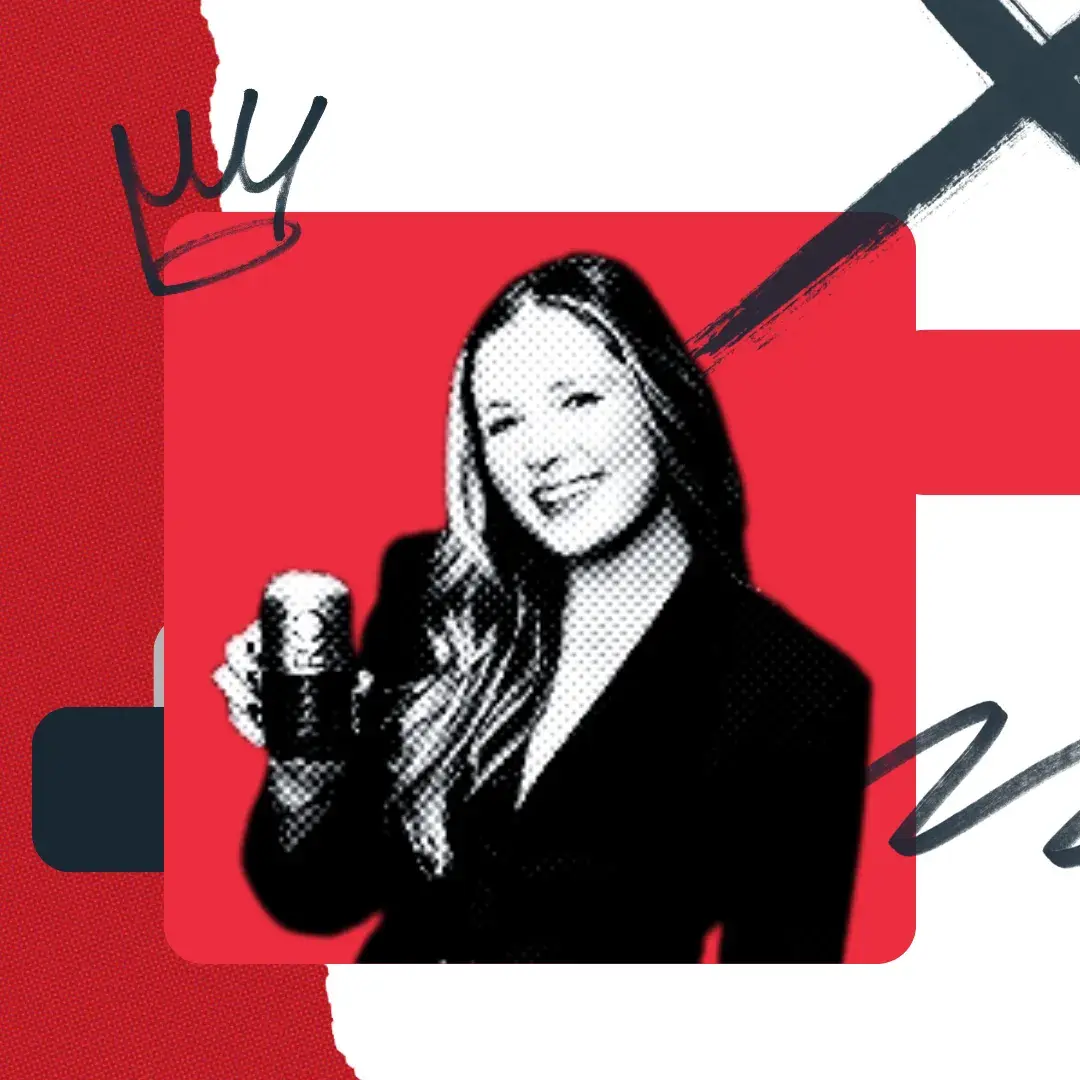
Jackie Widmann
VP of marketing for BERO Brewing
- Fun fact: Holland‘s self-deprecating humor isn’t entirely founded. Widmann has learned from him, too — “he knows his audience so well,” she says. “We take his lead on the best way to announce new things for the brand.”
Lesson 1: Don’t market to everybody.
Your product or service isn’t for everybody. And trying to market to everybody will dilute your message like a watered-down beer.
“We know that every person who likes a beer isn’t going to try a non-alcoholic one,” Widmann says. So “remembering that you can’t be everything for everyone is really important, and it’s something I’ve tried to bring into the ecosystem of what we’ve built at BERO.”
For instance, extensive consumer testing found that people — whether they’re sober, participating in Dry January, or just want a night off — are frustrated with the taste and look of other NA beers they’ve tried. Widmann says that rather than trying to persuade beer drinkers to pick up an NA can, BERO’s focus has been on elevating its products to address those grievances.
Don’t pour your resources into marketing to the wrong audience; you might as well be pouring a beer down the drain.
Lesson 2: Reframe your brand as an addition to the market, not a substitution.
Widmann says it’s been important from the beginning that BERO is “an additive to your drinking and social consumption behaviors” — not a substitute.
“One of the biggest things we’ve noticed about the non-alc space is that a lot of brands are speaking to non-alcoholic options as a substitute. We want to create a product that’s the gold standard.”
The more I thought about it, the more I realized: This is great advice, non-alcoholic beer or no. Chances are good that whatever you’re marketing, you’re not the only product or service in that space.
NA beer isn’t new, but good NA beer is another story. “People often say that the non-alc beer options they’ve tried feel like a lesser version of beer,” Widmann says. “It’s a little watered down. Maybe the carbonation is not quite at the level it needs to be.”
Plus, “a lesser version of beer” doesn’t exactly make for a great marketing slogan. So focus on what you can add to your customers’ lives and be the gold standard in your category.
Lesson 3: Celebrity doesn’t guarantee success — you still have to do the work.
Even though BERO has Tom Holland behind it — and, by all accounts, he’s very involved at every level — it’s still a new company trying to break through in a market where every Hollywood A-lister seemingly has their own beverage line.
Widmann is a veteran marketer in the beverage industry, and she says that having Holland behind the brand isn’t a shortcut.
Good marketing isn’t about slapping a celebrity face on a new product; Widmann tells me they’ve done extensive consumer testing and have tried different marketing plays to find what works best. For instance, when Holland writes something in his own words and tags BERO, the posts outperform any Tom Holland x BERO collaboration posts.
So on those days when you find yourself daydreaming about working for your favorite celeb, remember: You still gotta do the work.
LINGERING QUESTIONS
THIS WEEK’S QUESTION
What are your thoughts on the ongoing “attribution” controversy? And what’s the right amount of attribution without getting overly scientific/metrics-focused with your marketing strategy? —Alex Lieberman, co-founder of Morning Brew
THIS WEEK’S ANSWER
Widmann: When you’re building a new brand from the ground-up, you don’t have historical data to look at as you evaluate performance.
We’re doing everything that we can to combine a mix of more tactical metrics (i.e., sales of our products across channels as we invest in various marketing tactics, how quickly we are growing our community and how engaged they are with the information we’re sharing with them, and of course monitoring sentiment around everything that we say and do).
The best thing brands can do right now is to operate with a connected strategy and look at every moment as an opportunity to be 360 – and truly analyze your results in the same way.
NEXT WEEK’S LINGERING QUESTION
Widmann asks: Right now, it feels like so many brands are investing in beautifully produced, curated, experiential moments that are intended to drive awareness and shareability (and are likely very expensive). How do you think new brands with limited budgets should approach this tactic and still manage to cut through the clutter?






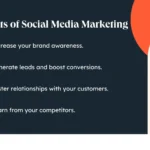




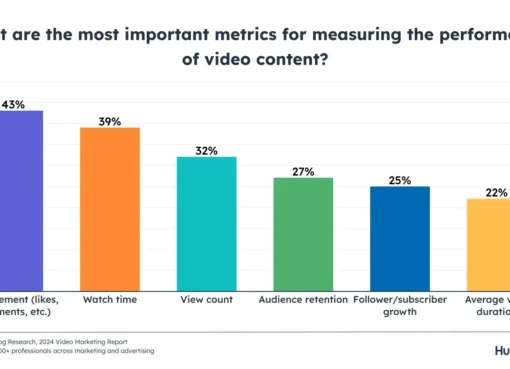




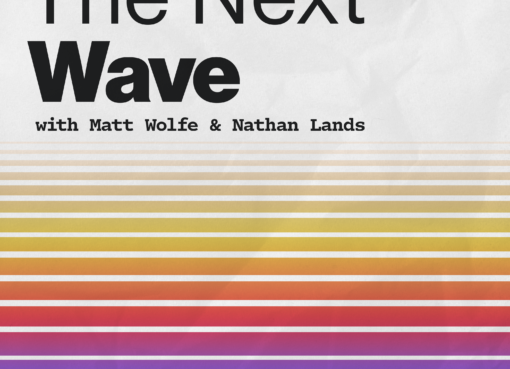


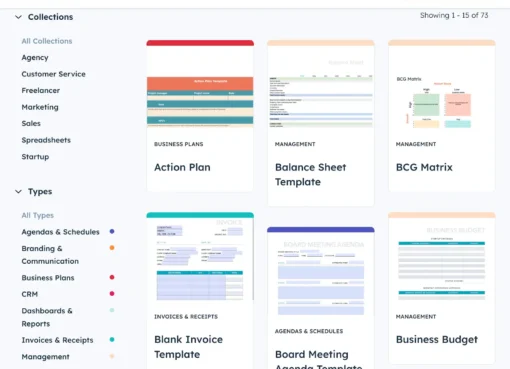











Comment here